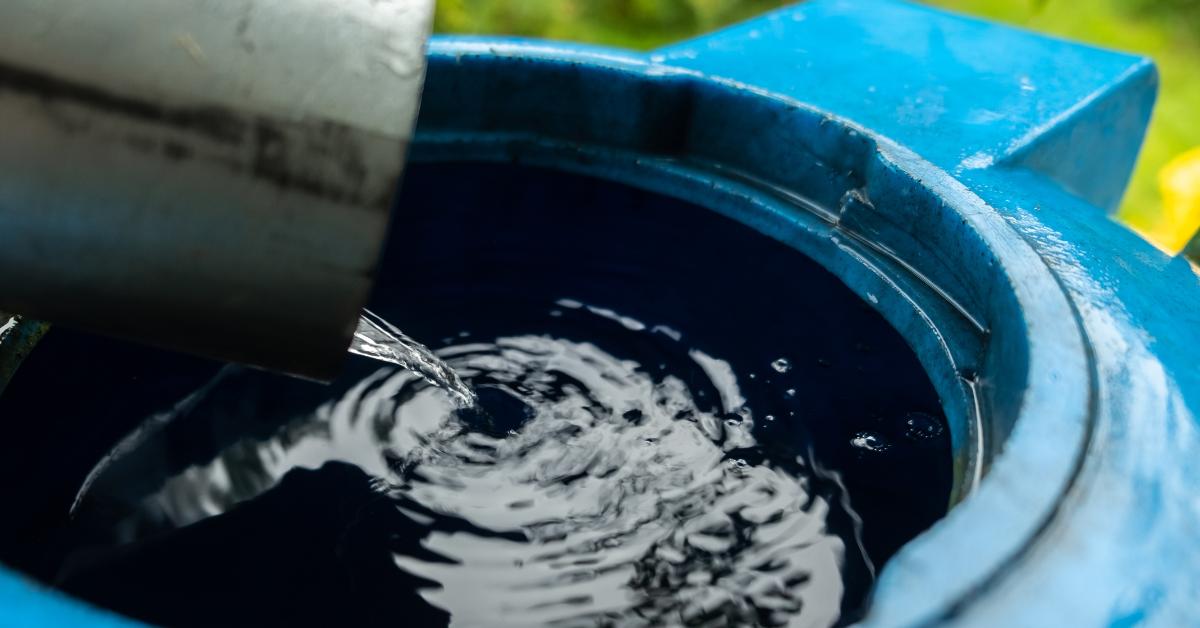How to Organise Sustainable Drainage For Auckland Businesses

As the demand for sustainable practices continues to grow, businesses in Auckland are increasingly looking for innovative drainage solutions that meet their operational needs and minimise their environmental impact.
In this article, we will explore sustainable drainage techniques for commercial and industrial sites in Auckland, focusing on rainwater harvesting, bioretention systems, and sustainable drainage ponds. We will discuss the benefits of implementing these eco-friendly drainage practices for businesses and the environment.
Rainwater Harvesting
Rainwater harvesting is a technique that involves collecting and storing rainwater for various uses within commercial and industrial sites. By capturing rainwater, businesses can reduce their reliance on mains water supply, conserve water resources, and mitigate the risk of flooding.
Critical Components of a Rainwater Harvesting System Include
Roof Catchment: Rainwater is collected from rooftops through gutters and downpipes, directing it to a storage tank or cistern.
Filtration: Pre-filtration systems remove debris and sediment, ensuring the collected water is clean and suitable for use.
Storage: The collected rainwater is stored in tanks or cisterns, which can be placed underground or aboveground, depending on the site’s requirements.
Distribution: The stored rainwater can be utilised for non-potable purposes such as irrigation, toilet flushing, and industrial processes.
Benefits of Rainwater Harvesting for Commercial and Industrial Areas
Water Conservation
Naturally, by utilising rainwater, businesses can significantly reduce their reliance on mains water supply, leading to substantial water savings.
Cost Savings
Harvesting rainwater can reduce water bills, especially for large-scale commercial and industrial operations.
Flood Mitigation
By capturing and storing rainwater, businesses can prevent excessive runoff, reducing the risk of local flooding.
Environmental Impact
Besides, rainwater harvesting helps to preserve local water resources, reduces strain on municipal infrastructure, and lowers the carbon footprint associated with water treatment and distribution.
Bioretention Systems
Bioretention systems, also known as rain gardens or green infrastructure, are designed to manage stormwater runoff by using natural processes to filter and treat the water.
Because these systems incorporate vegetation, soil, and engineered media which will capture, store, and purify stormwater.
Components Of A Bioretention System
Infiltration Basin: A depressed area that receives stormwater runoff and allows it to infiltrate the underlying soil layers.
Vegetation: Densely planted native or adapted vegetation helps to slow down the flow of water, enhance infiltration, and provide additional pollutant removal.
Engineered Media: Specially designed soil mixes with high infiltration rates, and pollutant removal capabilities are used within the bioretention area.
Underdrains: These pipes are installed beneath the bioretention area to collect and convey excess water when infiltration capacity is exceeded.

Benefits Of Bioretention Systems For Commercial And Industrial Areas
Water Quality Improvement
The vegetation and engineered media in bioretention systems help filter and remove pollutants from stormwater runoff, improving water quality.
Flood Control
Bioretention systems can manage stormwater runoff by storing and slowly releasing it, reducing the burden on stormwater infrastructure and minimising the risk of flooding.
Aesthetics and Landscaping
These systems provide an aesthetically pleasing environment with attractive vegetation, enhancing the overall appearance of commercial and industrial areas. At Fox Drainage, we also do Landscape drainage.
Biodiversity and Habitat Creation
Bioretention systems promote biodiversity by providing habitat for native plants and attracting insects and birds, contributing to a healthier ecosystem.
Sustainable Drainage Ponds
Sustainable drainage ponds, also known as constructed wetlands, are engineered systems designed to mimic the natural processes of wetlands. These ponds effectively manage stormwater runoff by promoting infiltration, sedimentation, and biological treatment.
Critical Features Of Sustainable Drainage Ponds
Wetland Plantings: Native aquatic plants are strategically placed within the pond to enhance water quality and provide a habitat for wildlife.
Pond Layers: Sustainable drainage ponds consist of different layers, including vegetation, gravel, sand, and an impermeable liner, to facilitate water treatment and prevent groundwater contamination.
Overflow and Outlet Structures: These structures actively manage excess water, preventing flooding while maintaining the desired water levels within the pond.
Maintenance Access: Adequate access points are included for routine maintenance and inspection activities.
Benefits Of Sustainable Drainage Ponds For Commercial And Industrial Areas
Water Treatment
Because these ponds act as natural filters, removing pollutants, sediment, and nutrients from stormwater runoff, it will improve water quality.
Flood Reduction
And by slowing down and storing stormwater, sustainable drainage ponds help manage runoff and reduce the risk of flooding.
Visual Appeal
Also, a well-designed sustainable drainage pond adds visual interest to commercial and industrial areas, creating a more pleasant environment.
Wildlife Habitat
The wetland vegetation and aquatic features of sustainable drainage ponds provide habitat for various species, supporting biodiversity and ecological balance.
At The End of The Day
Therefore implementing sustainable drainage solutions such as rainwater harvesting, bioretention systems, and sustainable drainage ponds in commercial and industrial areas will offer numerous benefits for businesses and the environment.
And by conserving water, reducing flooding risks, improving water quality, and supporting biodiversity, these eco-friendly drainage practices align with Auckland’s commitment to sustainability and contribute to a greener future.
Businesses in Auckland should explore these techniques to optimise their drainage systems while minimising their environmental footprint.
Talk to us now at Fox Drainage for your drainage help and advice. We do residential, public and commercial drain laying anywhere in Auckland.
CONTACT DETAILS
